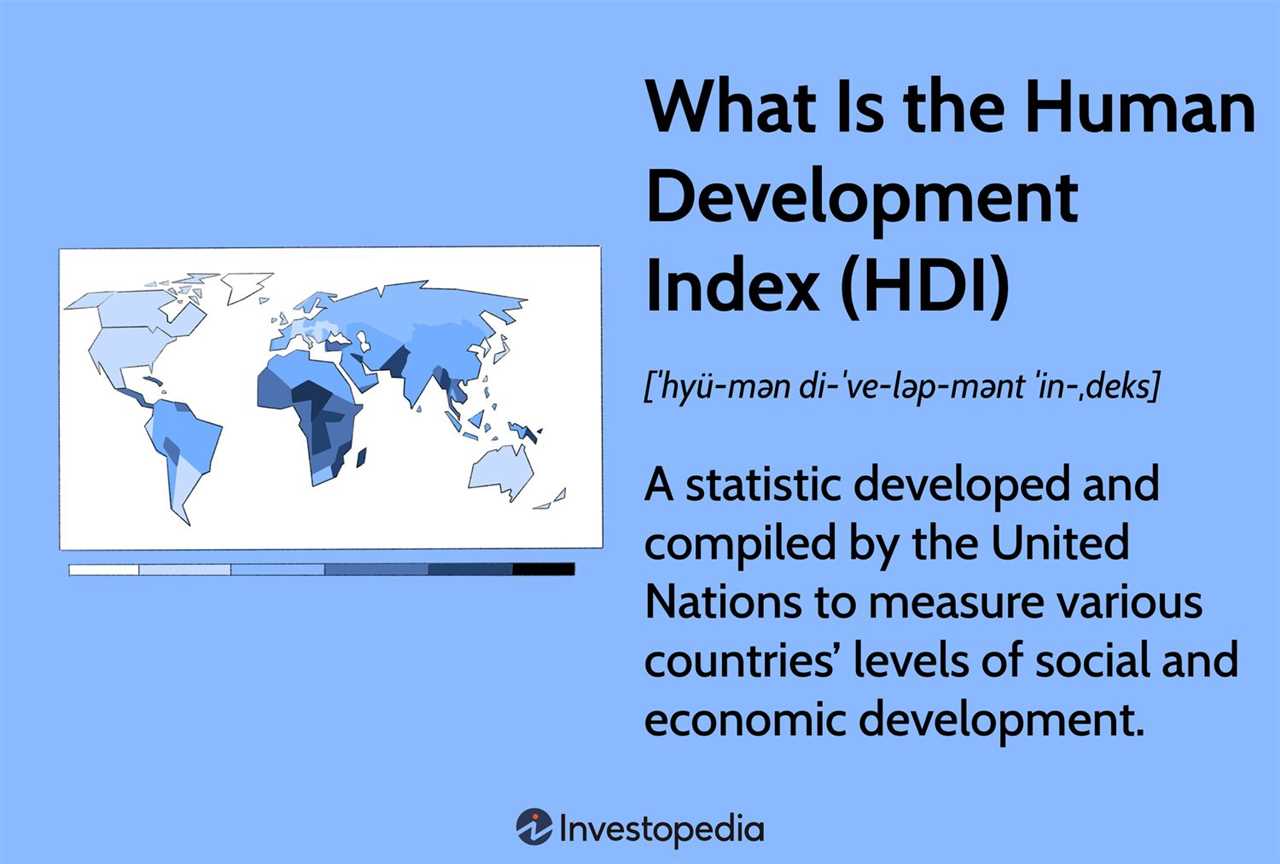Hollowing Out: An Overview

Hollowing out refers to the process of the gradual decline or erosion of a sector or industry within an economy. It occurs when the core functions and activities of a sector or industry are relocated or outsourced to other countries or regions, resulting in a loss of jobs, skills, and economic activity in the original location.
The concept of hollowing out is rooted in the dynamics of globalization and the increasing interconnectedness of economies. As companies seek to reduce costs and increase efficiency, they often look for opportunities to relocate production or services to countries with lower labor costs or more favorable business environments.
This relocation can lead to a hollowing out effect, where the original location experiences a decline in economic activity and employment opportunities. The local workforce may lose their jobs as companies move their operations elsewhere, resulting in unemployment and a loss of skills within the affected sector or industry.
Implications of Hollowing Out
Furthermore, hollowing out can result in a loss of innovation and competitiveness for the original location. When core functions and activities are relocated, the region may lose the knowledge and expertise necessary to drive technological advancements and stay competitive in the global market.
However, it is important to note that hollowing out is not always negative. In some cases, it can be a natural part of economic restructuring and evolution. As industries become obsolete or less competitive, resources can be reallocated to more productive sectors, leading to overall economic growth and development.
Nevertheless, policymakers and stakeholders need to be aware of the potential negative impacts of hollowing out and take proactive measures to mitigate its effects. This may involve investing in education and training programs to upskill the affected workforce, attracting new industries to replace the lost ones, and implementing policies that promote innovation and competitiveness.
Exploring the Concept and Implications

The concept of hollowing out refers to the process by which certain sectors or industries within an economy experience a decline in their domestic production capacity, often due to factors such as globalization, technological advancements, and changes in consumer preferences. This phenomenon can have significant implications for both the affected sectors and the overall economy.
One of the key implications of hollowing out is the loss of jobs and employment opportunities within the affected sectors. As production capacity decreases, companies may be forced to downsize or even shut down, leading to layoffs and unemployment. This can have a ripple effect on the economy, as unemployed workers may struggle to find new job opportunities, leading to decreased consumer spending and economic growth.
Another implication of hollowing out is the potential loss of domestic production capabilities and national security concerns. If a country becomes heavily reliant on imported goods and services due to hollowing out, it may become vulnerable to disruptions in global supply chains or geopolitical tensions. This can have serious implications for national security, as a country may find itself unable to produce essential goods or technologies during times of crisis.
Hollowing Out: Mechanisms and Examples

Mechanisms:
Hollowing out occurs through a combination of factors and processes that lead to the decline or disappearance of certain industries or sectors within an economy. Some of the key mechanisms include:
1. Globalization: The increasing interconnectedness of economies and the ease of international trade have contributed to the hollowing out of industries. Companies often move their production facilities to countries with lower labor costs, resulting in the closure of factories and job losses in the home country.
2. Technological advancements: Rapid advancements in technology have also played a significant role in hollowing out. Automation and the adoption of artificial intelligence have led to the replacement of human workers in many industries, leading to job losses and the decline of certain sectors.
3. Outsourcing: Companies often outsource certain functions or processes to external service providers, both domestically and internationally. This can result in the hollowing out of specific sectors as companies no longer require in-house capabilities for those functions.
4. Shifts in consumer preferences: Changes in consumer preferences can also contribute to the hollowing out of industries. If consumers shift towards alternative products or services, certain industries may experience a decline in demand, leading to job losses and the eventual disappearance of those sectors.
Examples:
There are numerous examples of hollowing out across various sectors and industries. One notable example is the decline of the manufacturing industry in many developed countries. As companies seek lower production costs, they often move their manufacturing operations to countries with cheaper labor, resulting in job losses and the hollowing out of the manufacturing sector in the home country.
Another example is the retail industry, which has been significantly impacted by the rise of e-commerce. As more consumers turn to online shopping, traditional brick-and-mortar retailers are facing increasing challenges. Many retail stores have closed down, leading to job losses and the hollowing out of the retail sector in certain areas.
Mechanisms of Hollowing Out

There are several mechanisms that can contribute to the hollowing out of a sector or industry. One common mechanism is offshoring, where companies move their production or operations to other countries with lower labor costs. This can lead to job losses in the home country and a concentration of economic activity in the foreign country.
Another mechanism is automation and technological advancements. As technology improves, companies may replace human workers with machines or software, resulting in job losses and a reduction in the need for labor-intensive industries. This can lead to a hollowing out of certain sectors, particularly those that rely heavily on manual labor.
Globalization and international trade also play a role in hollowing out. As countries open up their markets to international competition, domestic industries may struggle to compete with cheaper imports. This can lead to a decline in domestic production and a hollowing out of certain sectors.
Case Studies
There have been several notable case studies of hollowing out in various sectors and industries around the world. One example is the decline of the manufacturing industry in the United States. Over the past few decades, many manufacturing jobs have been lost to offshoring and automation, leading to a hollowing out of this once-thriving sector.
The retail sector is also experiencing hollowing out due to the rise of e-commerce. As more consumers shop online, traditional brick-and-mortar retailers are struggling to compete, leading to store closures and job losses. This shift in consumer behavior is causing a hollowing out of the retail sector.
| Sector/Industry | Mechanism | Impact |
|---|---|---|
| Manufacturing | Offshoring, automation | Job losses, reduced domestic production |
| Coal mining | Shift towards cleaner energy sources | Job losses, decline of industry |
| Retail | Rise of e-commerce | Store closures, job losses |
These case studies highlight the various mechanisms and impacts of hollowing out in different sectors and industries. It is important for policymakers and stakeholders to understand these processes in order to mitigate the negative effects and promote economic resilience.

Emily Bibb simplifies finance through bestselling books and articles, bridging complex concepts for everyday understanding. Engaging audiences via social media, she shares insights for financial success. Active in seminars and philanthropy, Bibb aims to create a more financially informed society, driven by her passion for empowering others.
